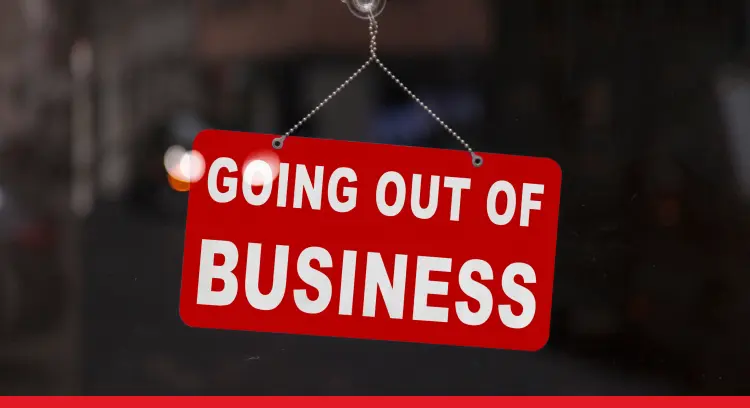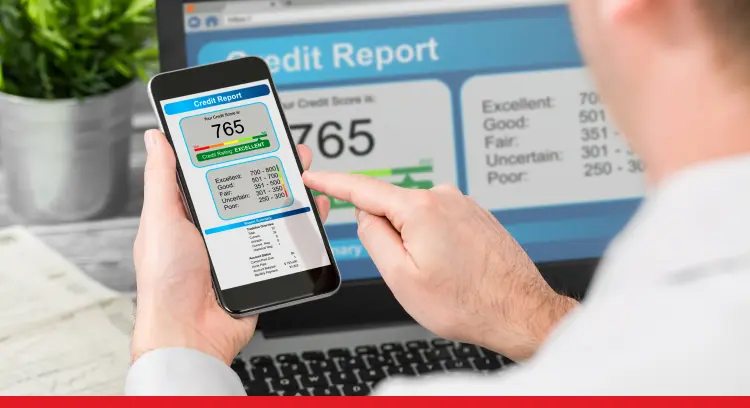OTC Hearing Aids Change the Game | November 2022
For the first time, certain hearing aid models are available for purchase over the counter (OTC) in the United States.

For the first time, certain hearing aid models are available for purchase over the counter (OTC) in the United States. This significant shift in the healthcare industry is celebrated as a win by the millions of Americans affected by hearing loss. The Food and Drug Administration (FDA) paved the way for devices to be purchased by consumers from retail stores without needing to visit the doctor first.
Access for millions
The new FDA rule applies to adults with mild-to-moderate hearing impairment (children and those with severe impairment are excluded). This rule covers people who have difficulty hearing the television or phone or frequently ask others to repeat themselves in conversation, according to the Hearing Loss Association of America. Some experts estimate that this segment represents 90 percent of the hearing-loss population.
Before the rule, people were required to undergo a medical exam to receive a prescription and/or be fitted for a device by a doctor. Now, people can purchase hearing aids on their own in stores, pharmacies, and online, or they still have to option to visit a doctor first and be professionally fitted.
Lowering barriers
While there remain many benefits to consulting a professional, the FDA’s rule lowers the barrier for those affected by hearing loss. According to the Hearing Loss Association of America, many people who discover they have hearing loss wait 5 to 7 years before getting a hearing aid because of high costs and social stigma, and only about 16 percent of those affected by hearing loss use a hearing aid.
Hearing aids are important for both physical and mental health. People with hearing loss who do not use hearing aids are more likely to be in poor health overall. Hearing loss can lead to depression, loneliness, isolation, dementia, and an increase in general frailty.
This shift in access to hearing aids could increase demand, make hearing aids more mainstream, and make hearing aids more affordable. Of course, experts urge consumers to do their research.
Reducing costs
Before, the cost of hearing aids was quite expensive, between the cost of the hearing aid itself and the cost of doctor’s appointments and other medical services. Prescription hearing aids can cost anywhere from $2,000 to $6,000, depending on the technology. On average, people spend more than $4,000 out of pocket for hearing devices for both ears. Medicare and other health insurance typically do not cover hearing aids. According to the White House, people may save up to $3,000 when purchasing OTC hearing devices.
Promoting competition
President Joe Biden signed an executive order earlier this year to encourage the FDA to change the rules which would in turn promote competition and decrease prices. Historically, only five companies have controlled 90 percent of the hearing aid market worldwide, resulting in little price competition and little innovation.
With the new rule, it is expected that many more companies will enter the market, existing hearing aid makers will introduce lower-cost OTC devices, and companies will be more innovative moving forward. Hearing aid companies and retailers now have a chance to establish strong competitive advantages. The self-fitting process is one that many people are unfamiliar with, so companies that provide support (e.g., online chat, phone support, troubleshooting tips, etc.) can add value to their product. Retailer Best Buy offers an online hearing assessment that customers can take before visiting their store and has trained associates in-store to help customers select devices.
Companies such as Samsung, Apple, and Google which were previously excluded from the market could now potentially introduce hearing devices. According to Reuters, Walgreens will sell hearing aids for $799, and Walmart will sell hearing aids starting at $200.
In the Classroom
This article can be used to discuss the nature of business and the nature of competition (Chapter 1: The Dynamics of Business and Economics).
Discussion Questions
How does the FDA rule promote competition?
Why do you think people wait 5 to 7 years to get hearing aids?
Why are hearing aid costs expected to decrease?
This article was developed with the support of Kelsey Reddick for and under the direction of O.C. Ferrell, Linda Ferrell, and Geoff Hirt.
Sources
Hannah Schneider, "Hearing Aids Are Available Over-the-Counter for the First Time—Here’s Why That Matters," Well + Good, November 1, 2022, https://www.wellandgood.com/otc-hearing-aids/ (accessed November 1, 2022).
Jen Christensen, "A ‘Game-Changer’ for Millions of Americans: You Can Now Buy Hearing Aids Over the Counter," CNN, October 17, 2022, https://www.cnn.com/2022/10/17/health/over-the-counter-hearing-aids-available/index.html (accessed November 1, 2022).
Joe Hernandez and Nina Keck, "What to Know Now That Hearing Aids Are Available Over the Counter," NPR, October 17, 2022, https://www.npr.org/2022/10/17/1129320004/what-to-know-now-that-hearing-aids-are-available-over-the-counter (accessed November 1, 2022).



